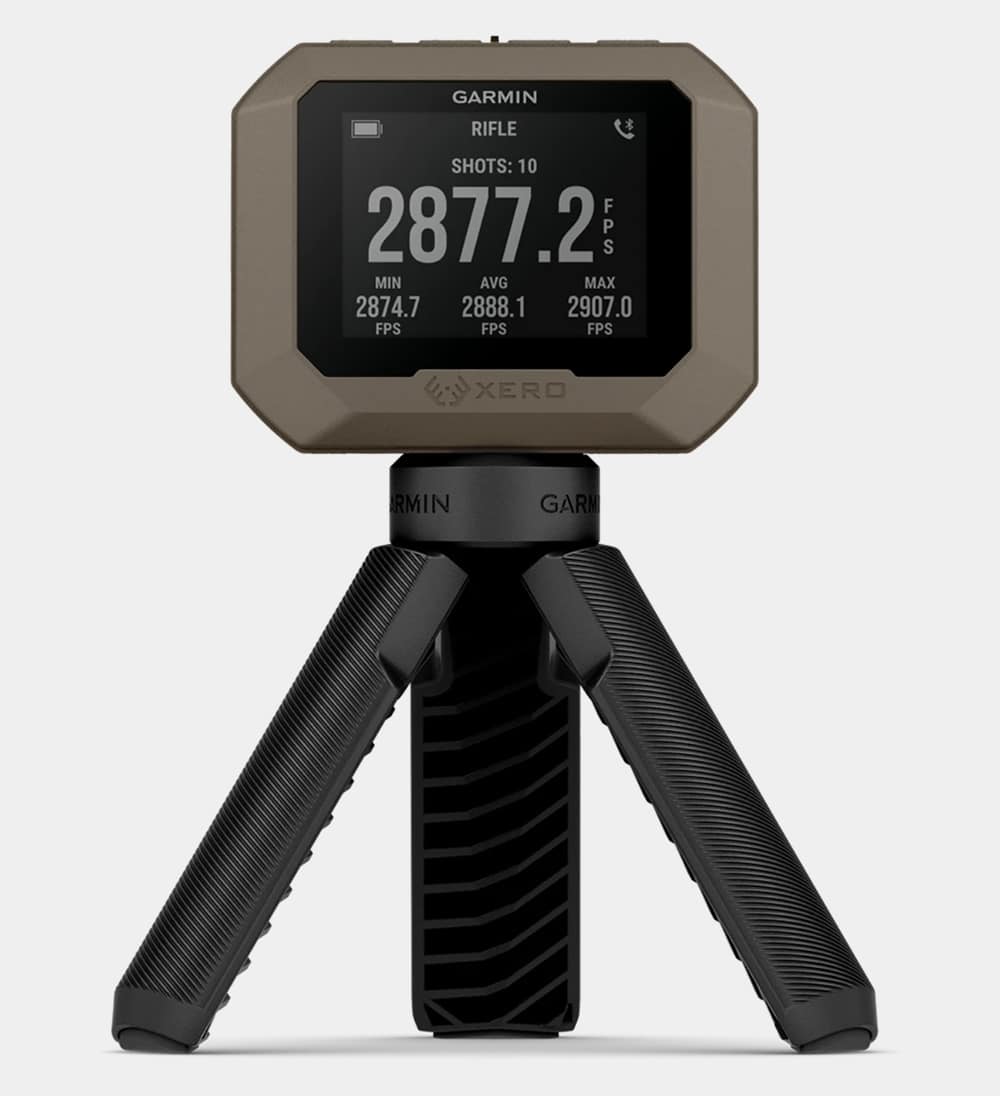Barnes Harvest Collection: Ultimate Deer-Killing Loads?

The deer was small in the 4X Redfield. But the October air was still, and I trusted the .300 tugging the sling taut. Crosswire quivering a half-body-depth over the buck’s withers, I pressed the trigger. Recoil jarred the image. It cleared to show the buck wilt. A faint “thwuck” trailed the blast.
The previous year, a buck in a ridge-top copse of stunted pines had escaped notice as, soft-footing along, I glassed distant gaps at timberline. I turned as much to see dawn fire the pines as to look for deer — and froze at sun’s glint on antler tine 20 feet away. The deer collapsed to the .270’s bark.
Both animals fell to Sierra bullets hurled at about 3,000 fps. Making a bullet that will fly true and upset reliably to kill game 400 yards off and upset without exploding at spitball range is difficult. Sierra has succeeded in doing just that since 1947, when Frank Snow, Loren Harbor and Jim Spivey fashioned their first bullets in a Quonset hut. After joining the trio, competitive shooter Martin Hull helped establish its ballistics lab, which he ran for 20 years. Engineer Bob Hayden lent a guiding hand in 1969 as manager of then-parent company The Leisure Group. In 1990, Sierra left Santa Fe Springs, California for Sedalia, Missouri, where it built a state-of-the-art bullet-making facility with a 300-yard underground range.
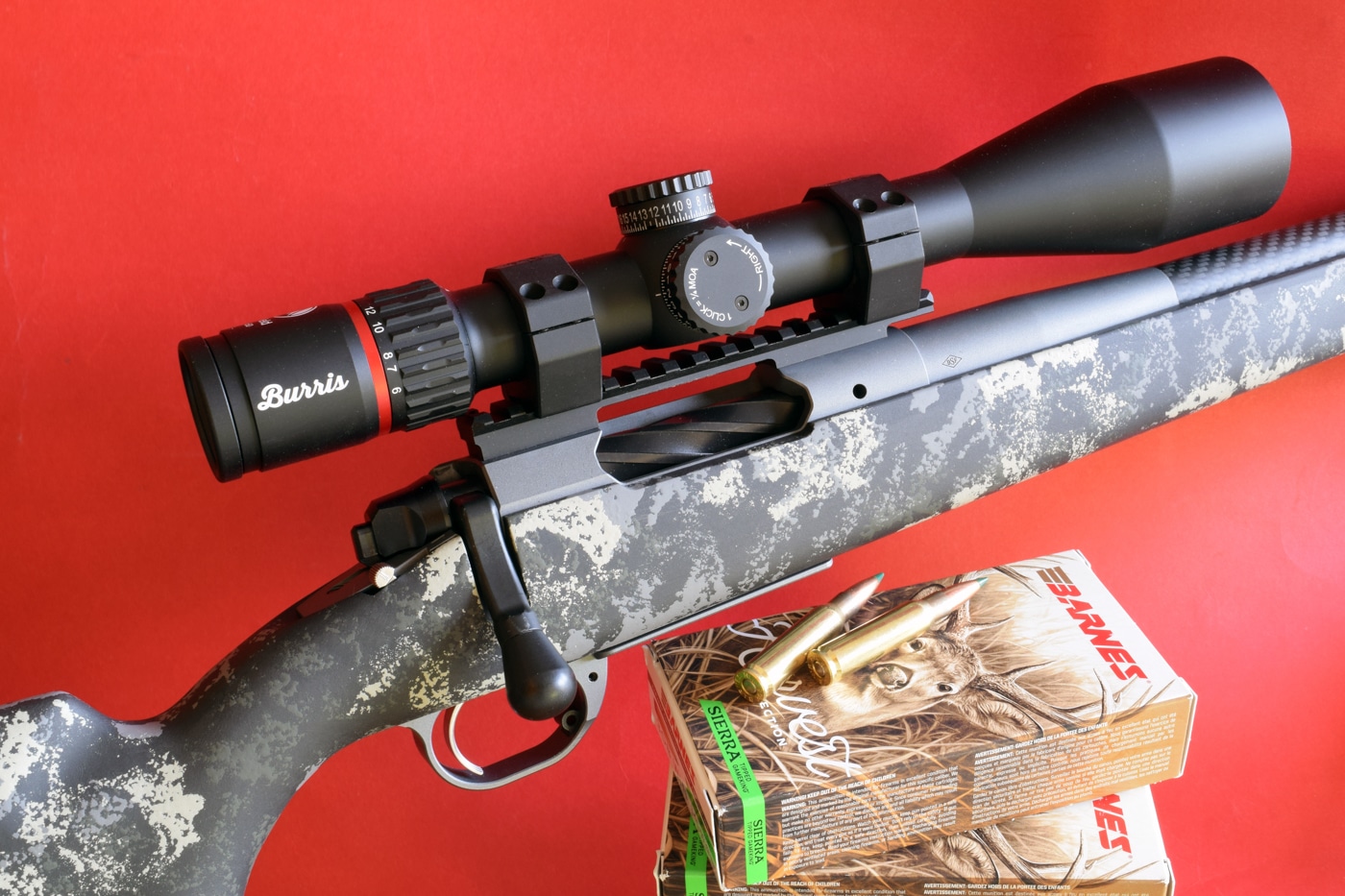
Soon Sierra was listing more than 200 bullets. The MatchKing BTHP (boat-tail hollowpoint) was the accepted standard among competitive bullseye shooters when I fired my first National Match course. I followed the herd, handloading 165-grain MKs for my .308. Sierra’s roster continued to grow, sectioned by series names like BlitzKing, Varminter, GameKing and Pro-Hunter. Tipped MatchKings and Tipped GameKings (TGK) met market demand for sharp bullet noses.
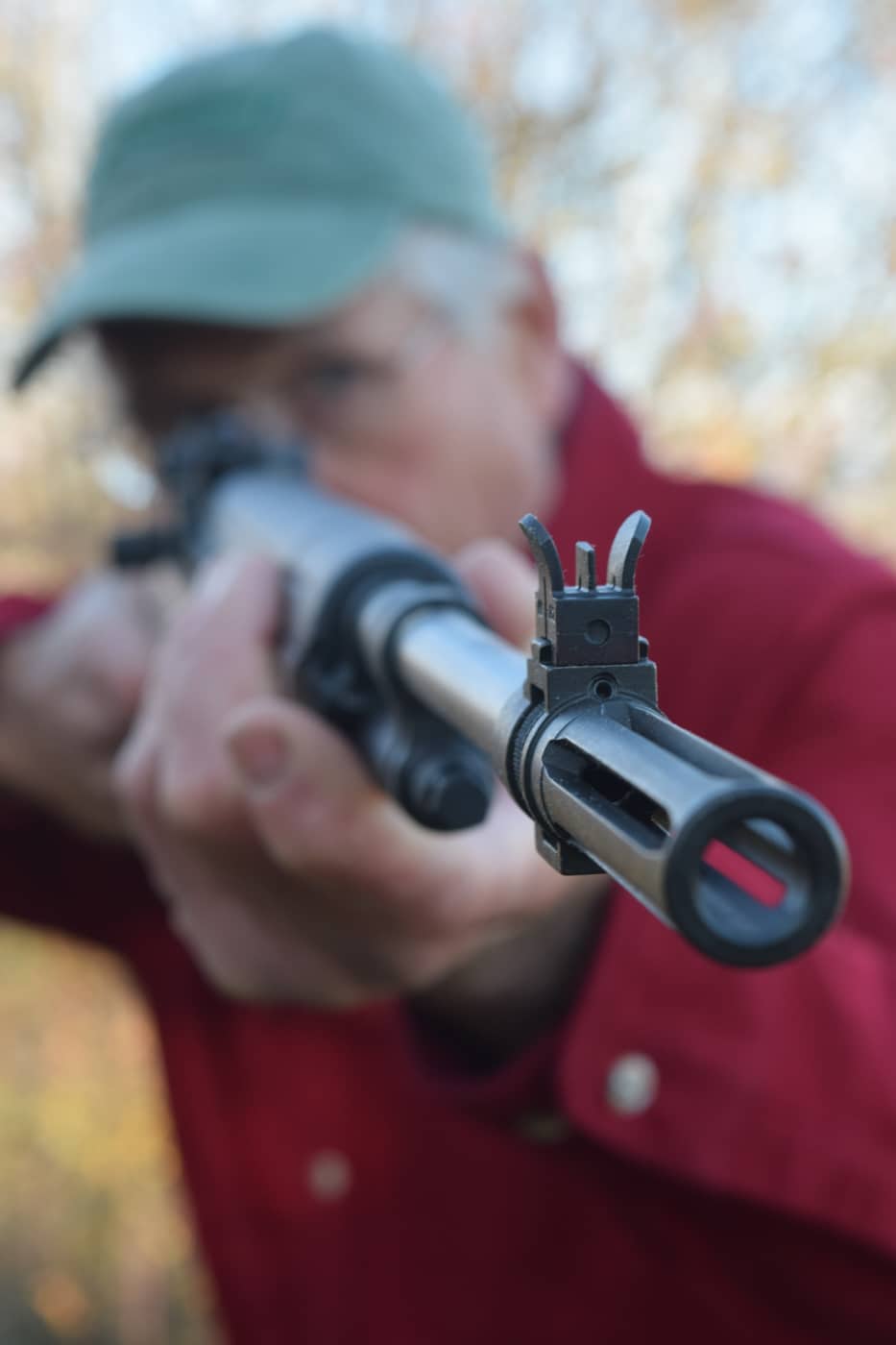
TGKs appeared in Barnes factory-loaded ammunition called “Harvest Collection” in April, 2025.
A Winding Path
Wait a minute: What’s Barnes doing loading Sierra bullets? The tale of how these veteran bullet-makers came together is short. Bear with me.
Barnes dates to 1932, when Fred Barnes began producing lead-core bullets in Bayfield, Colorado. Heavy for their diameter, they impressed handloaders with their deep penetration and reliably high weight retention in tough game.
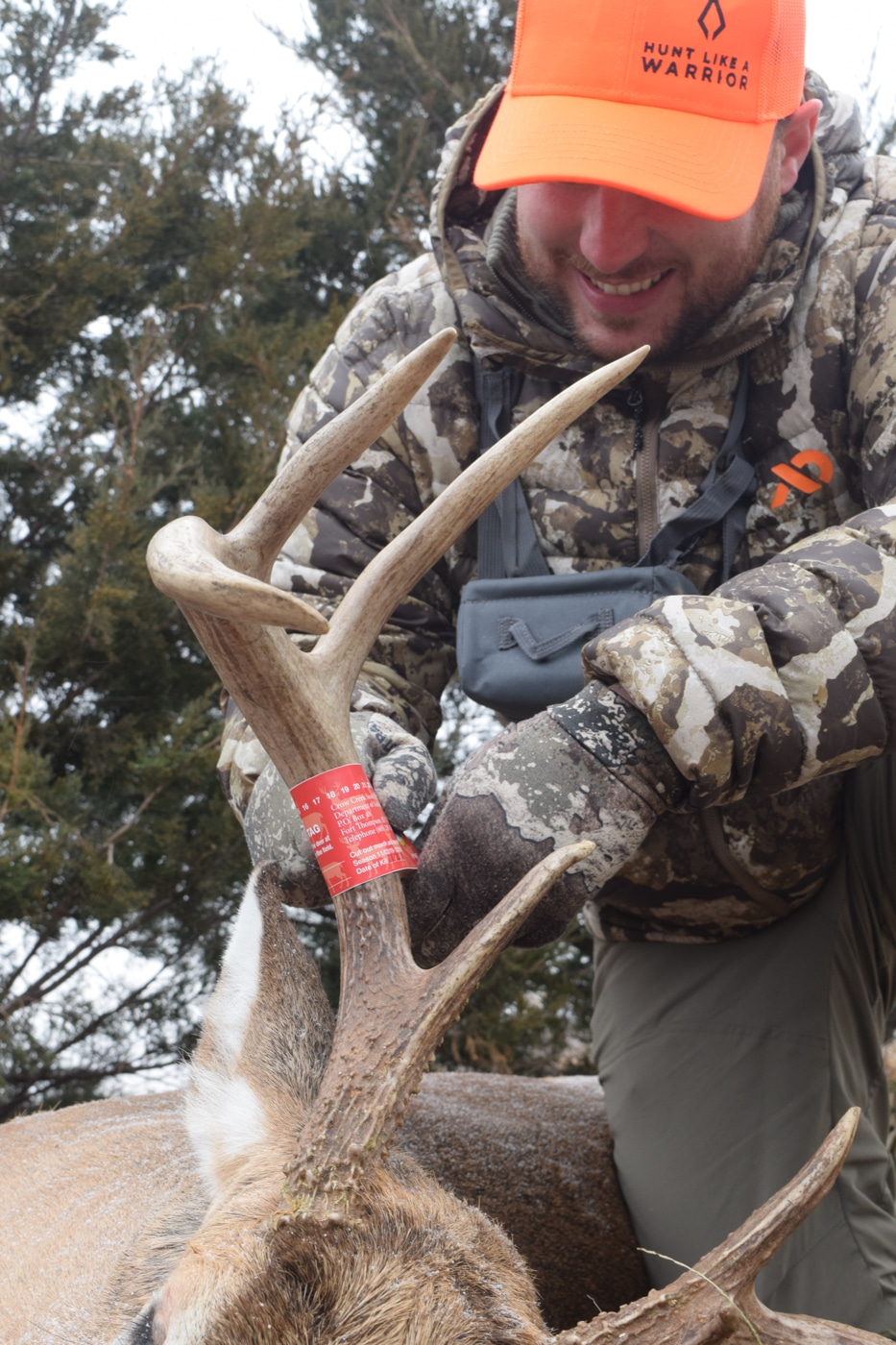
In 1974, Randy and Coni Brooks bought the company and moved it close to their home in American Fork, Utah. A decade later, during a brown bear hunt in Alaska, Randy got the idea of a solid-copper hunting bullet with a hollow nose opening on skived lines.
In 1989, he and Coni introduced the X-Bullet, named for the petal arrangement of the upset nose. It drove deep in game and typically lost little if any weight. The Triple-Shock or TSX followed in 2003. Cuts about its shank reduced bore contact and improved accuracy. A polymer tip would come later. In 2006, the poly-tipped Maximum Range MRX boasted a tungsten core to boost penetration.
In 2010, Barnes Bullets sold to the Freedom Group, which owned Remington. Financial problems besetting America’s oldest gunmaker led to Chapter 11 bankruptcy proceedings in U.S. court in Alabama.
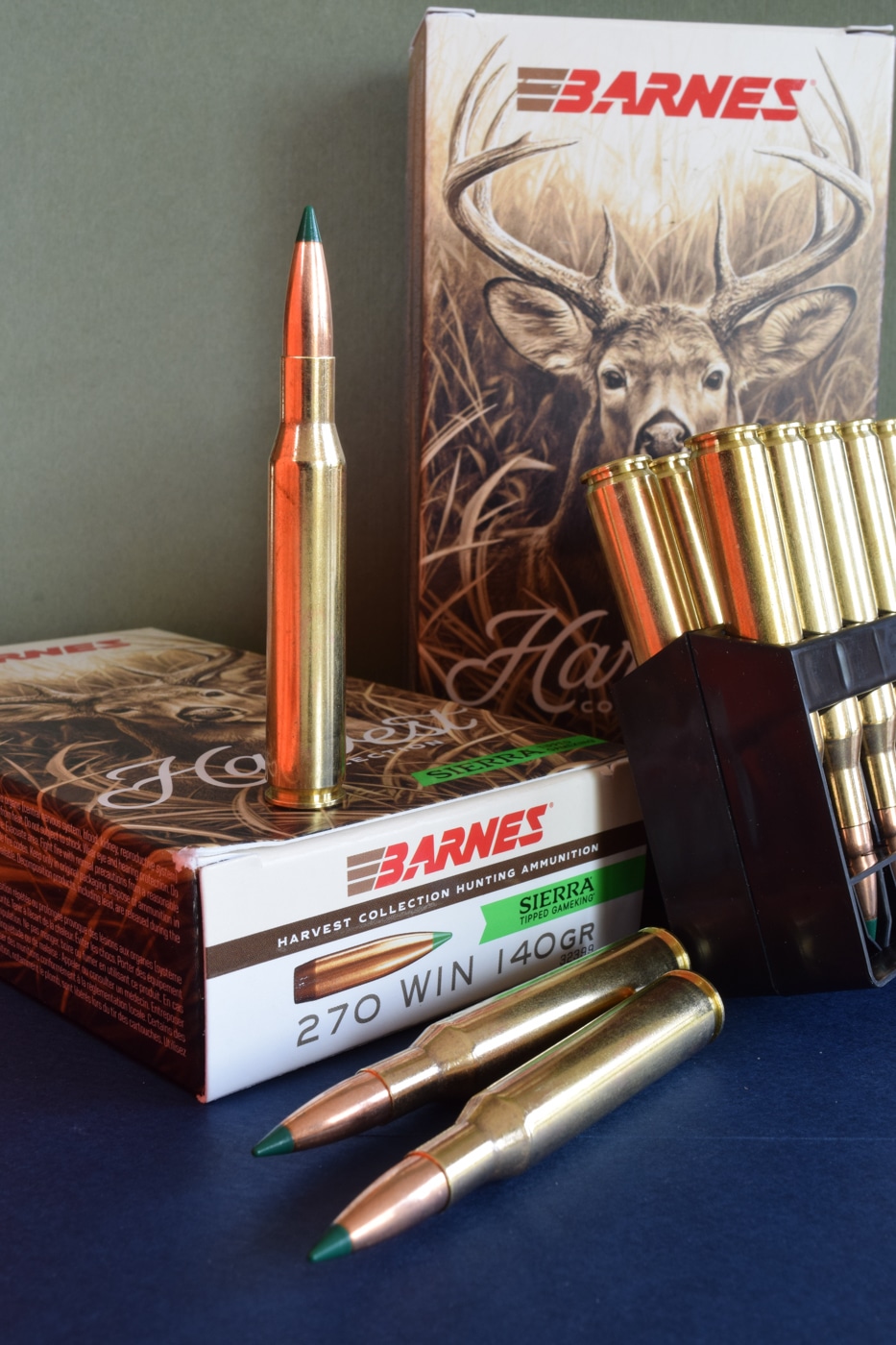
Dissolution of the Remington Outdoor Company in October 2020 put Barnes up for sale. Sierra bought it for a reported $30.5 million in cash, bringing the Utah company under the umbrella of the Clarus Corp., Sierra’s owner at the time. In 2024, Clarus peddled Sierra and Barnes to Bullseye Acquisitions, LLC, an affiliate of JDH Capital.
So that’s how and why Barnes uses accurate, affordable, fast-opening Sierra TGK bullets in its Harvest Collection ammo for — mainly — deer hunters. Both brands still sell component bullets separately. And Barnes still loads its own bullets in Vortex-TX cartridges, including Reduced Recoil, Long Range, Safari and Handgun sub-categories.
Bountiful Options
Back to the Harvest Collection. At this writing, it comprises nine cartridges, with TGK bullets in weights appropriate for deer-size game. They’re sleek missiles. The 69-grain .223’s ballistic coefficient is not quite .380; the 90-grain .243’s is .490. BCs of the others top .500. Herewith, exterior ballistics figures:
In Their Sights
These bullets are designed to carve big channels through deer-size game — as Sierra softpoints did for me in the 1970s. The company shared illustrations from gelatin tests, which showed the current TGKs upset violently within 3” of entry. A typical cavity balloons past fist-size right away. Its diameter drops noticeably after another 10” of travel. The bullet or its shards — roughly a third of TGKs have fragmented in gelatin — wind up 15 to 20 inches from entry.
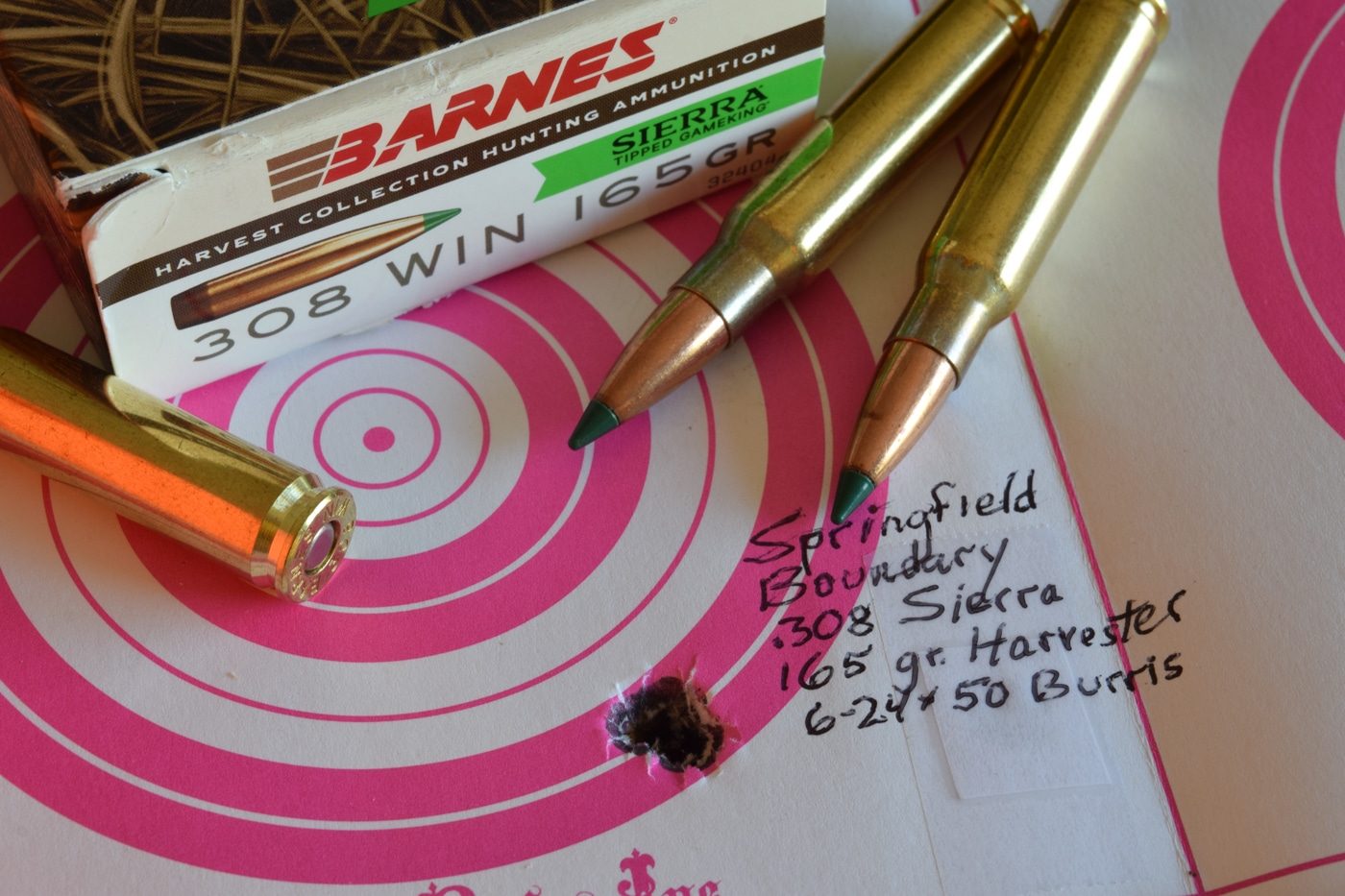
Oddly enough, weights of bullets recovered from ballistic gelatin at 100 yards sometimes topped their 300-yard weight retention. In one series, .243, 6.5 CM and .308 bullets scaled 51, 66 and 67 percent, of starting weights, respectively — well within expectations for bullets meant to kill deer quickly at normal hunting ranges. But at 300 yards, weights for all were a bit lower. Why, I can’t say.
Throttled by distance, bullets usually open less violently and, depending on impact velocity, often not fully. Still, wide swings in weight retention are common among bullets fashioned for rapid upset. Mass shed in pieces in vital organs can kill faster than a bullet keeping its integrity through a thin channel, to spend its zip beyond the beast.
When a sample of the new loads arrived, I scrounged a couple of accurate rifles from Springfield Armory. The 2020 Waypoint, a .270, and its offspring the Boundary, in .308, had carbon-fiber barrels that had impressed me with teeny groups. The .270 wore a Leupold VX-6HD 3-8×44 scope, the .308 a Burris Fullfield 6-24×50. Muffs, sandbags, ammo, targets, a notepad and my Garmin Xero C1 chronograph rode shotgun to the range. A trio of rifles in .243, 6.5 CM and 6.5 PRC hopped in the back like bird dogs loath to be left behind.
Early breeze tickled the range grass; the sun was fully stoked, the skies promising more wind and heat. At the bench, I got right to it.
Tracking the Numbers
Chronographing has become easier and less time-consuming with the Garmin. It was ready in a trice. No need to mind the light or align screens. I switched it on and bellied over the bags with the .243, a light sporter with a 22” barrel. Five 90-grain TGKs yielded an average read of 3,181 fps, essentially a match to the Barnes claim of 3,200. Average speed of five 140-grain bullets from the 22-inch barrel of my 6.5 Creedmoor came to 2,639 fps, a little shy of the 2,700 chart speed. The 6.5 PRC loads sent 145-grain TGK’s from a 25-inch Krieger barrel at 2,993 fps, 83 fps faster than listed. Thank the extra inch of barrel.
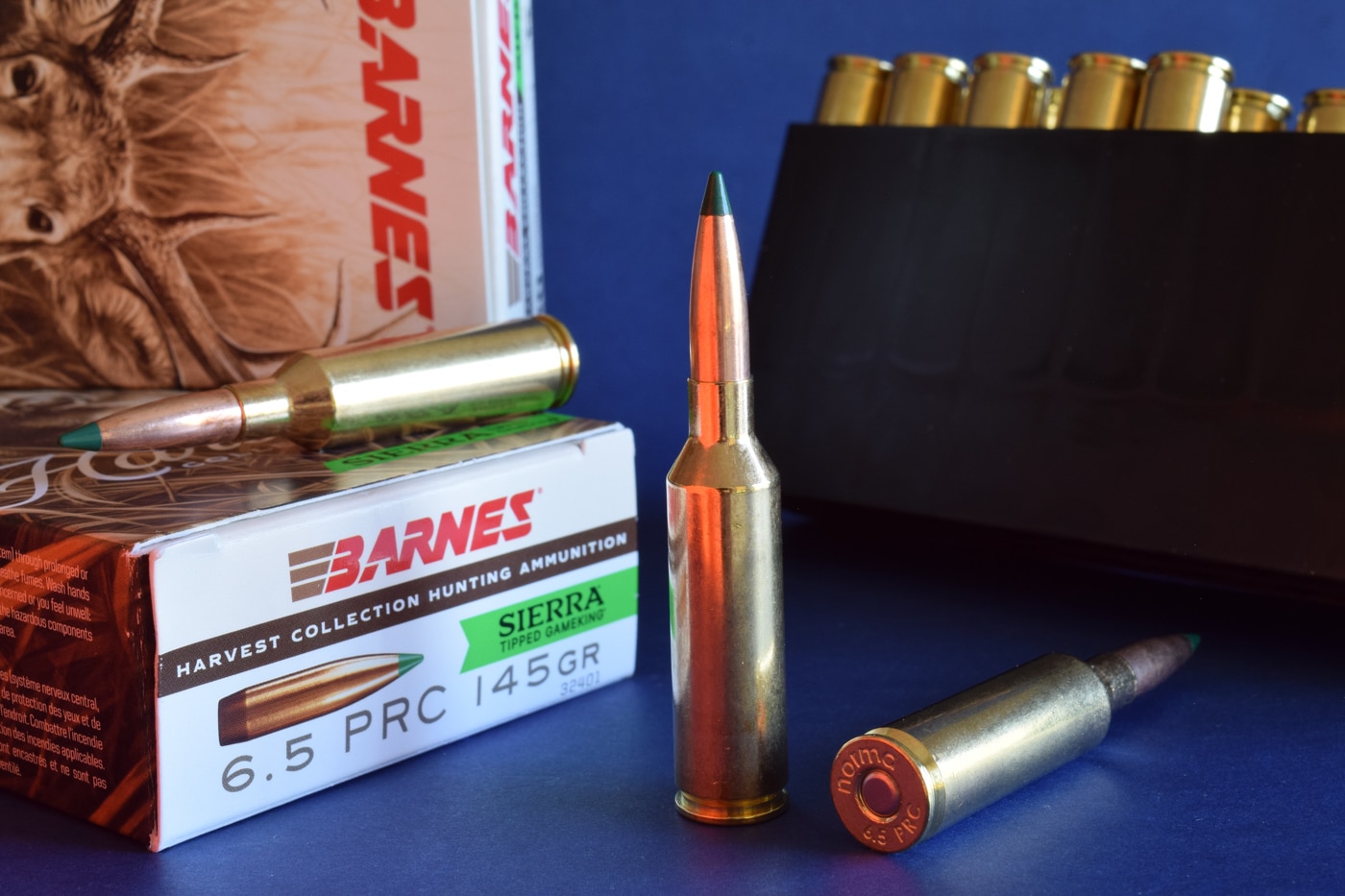
Accuracy was less than stellar from the .243, which has shown a preference for light bullets. But the new loads excelled in the 6.5 CM and the 6.5 PRC, with three-shot group measures of .4 and .7 inch!
I turned to the Springfield rifles last. Average speed of 140-grain bullets from the Waypoint’s 24” .270 barrel: an even 2,900 fps, 60 shy of the chart number. The .9-inch group didn’t match the rifle’s best performance, but the wind was gusty now, and my pulse kept the reticle dancing. The Barnes/Sierra loads clocked 2,654 fps on average from the Boundary. Given its 20” barrel, that was certainly close enough to the published 2,680. The rifle also shot snug groups as I checked the new scope’s W/E dials by “shooting around the square.” The Burris 6-24x repeated perfectly after 80 clicks, my last group chewing into the first. Click values came in at .29, vertically and horizontally.
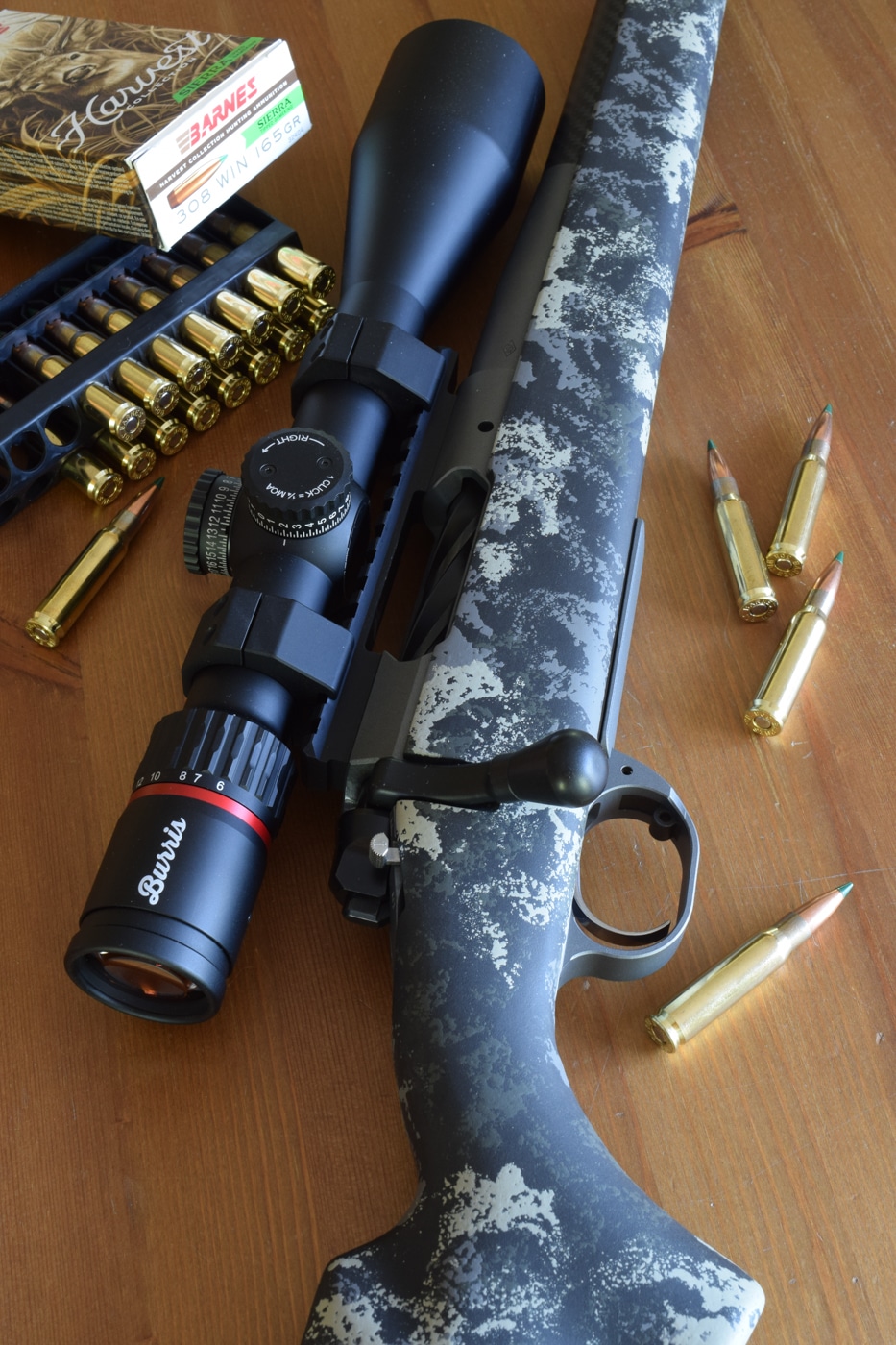
When a couple of GMKs drilled one elongated hole, I licked my chops. Here was my chance for a truly photogenic knot. Alas, the pressure to finish well was my undoing. A jackhammer pulse and a quick tug on the trigger sent the third bullet wide. As if to confirm the fault was mine, the rifle, scope and load conspired to put the fourth shot with the first two, barely egging the egg.
Conclusion
I like the Barnes Harvest Collection ammo. Velocities meet, even exceed, those I expected from hunting-length sporters. Only the 6.5 CM seemed a bit sluggish in my rifle’s 22” barrel. But a 60-fps deficit is hard to detect on targets, even at long range. Killing power is essentially unaffected.
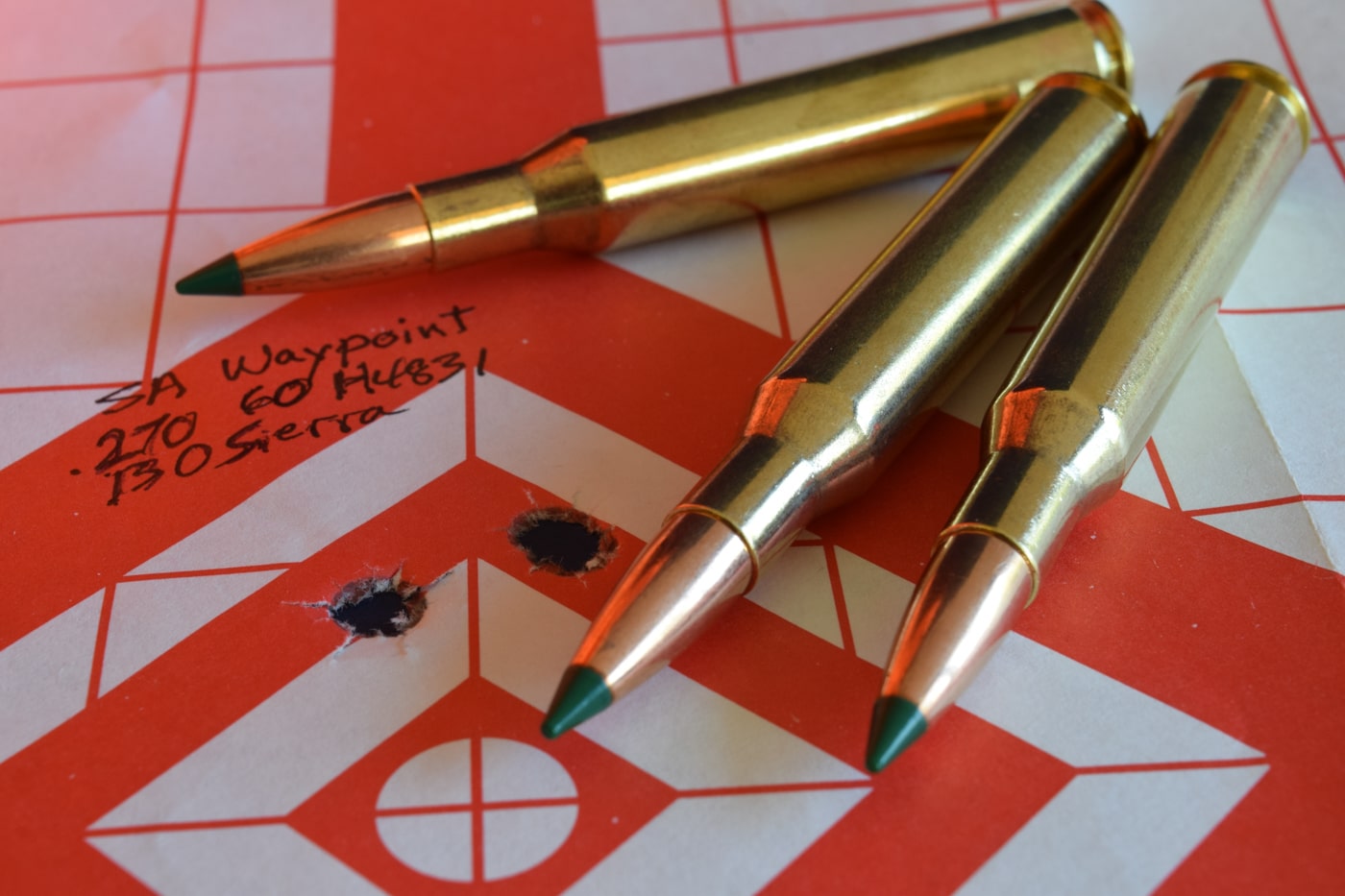
I’m told Barnes buys its high-quality brass from various sources. Sample cases were uniformly crisp and shiny, but they bore Barnes, Sierra and Norma headstamps. (Those of a box were all the same.) While I didn’t have multiple boxes of each load, the sixty .308 cartridges all had Barnes headstamps.
In sum, the new Harvest Collection loads shot accurately, with half-minute groups more common than expected in various off-the-shelf rifles. Given my past kills with Sierra’s softnose and hollowpoint bullets, and results of gelatin tests with the TGKs, I’m confident the new Barnes’ series will acquit itself well afield. Per-box pricing of $40 to $45 should encourage deer hunters to stock up!
Editor’s Note: Please be sure to check out The Armory Life Forum, where you can comment about our daily articles, as well as just talk guns and gear. Click the “Go To Forum Thread” link below to jump in and discuss this article and much more!
Join the Discussion
Featured in this article
Read the full article here





